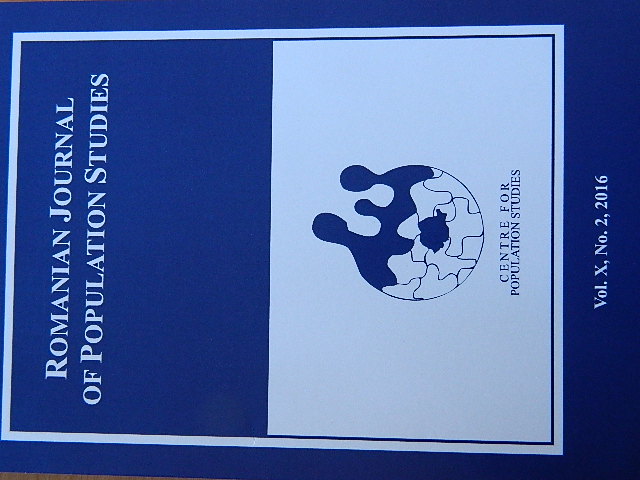“Statistical Assimilation” in the Hungarian Kingdom
1880-1910
“Statistical Assimilation” in the Hungarian Kingdom
1880-1910
Author(s): György KövérSubject(s): History, Social Sciences
Published by: Centrul de Studiere a Populaţiei
Keywords: census; ethnicity; nationality; mother tongue; education; nation building; assimilation; Pilis districts; Hungarian Kingdom
Summary/Abstract: During the existence of the Austro-Hungarian Monarchy the official censuses on the Cisleithanian side inquired about the colloquial or everyday language (Umgangssprache), whereas the Hungarian census focused on the „mother tongue” (Muttersprache). In the Hungarian Kingdom between 1880 and 1910, however, the relevant question changed. In 1880 it was formulated as “What is your mother tongue?”, whereas from 1900 onwards, probably in an attempt to reproduce the question formulated on the Cisleithanian side, it was “What is your mother tongue, that is, the language you consider as yours, the language in which you are most fluent and like to speak?”. Can it possibly be a pure accident that the ratio of those with Hungarian as their mother tongue happened to break through the magic 50% threshold value exactly in 1900, and that such ratio reached nearly 55% by 1910? The main question of this paper: what is the “statistical contribution” to these “results” considered as a “successful Hungarian assimilation”? The answer we try to give with the help “changing the scale”, it means on country and county level, both.
Journal: Romanian Journal of Population Studies
- Issue Year: 10/2016
- Issue No: 2
- Page Range: 71-118
- Page Count: 48
- Language: English
- Content File-PDF

